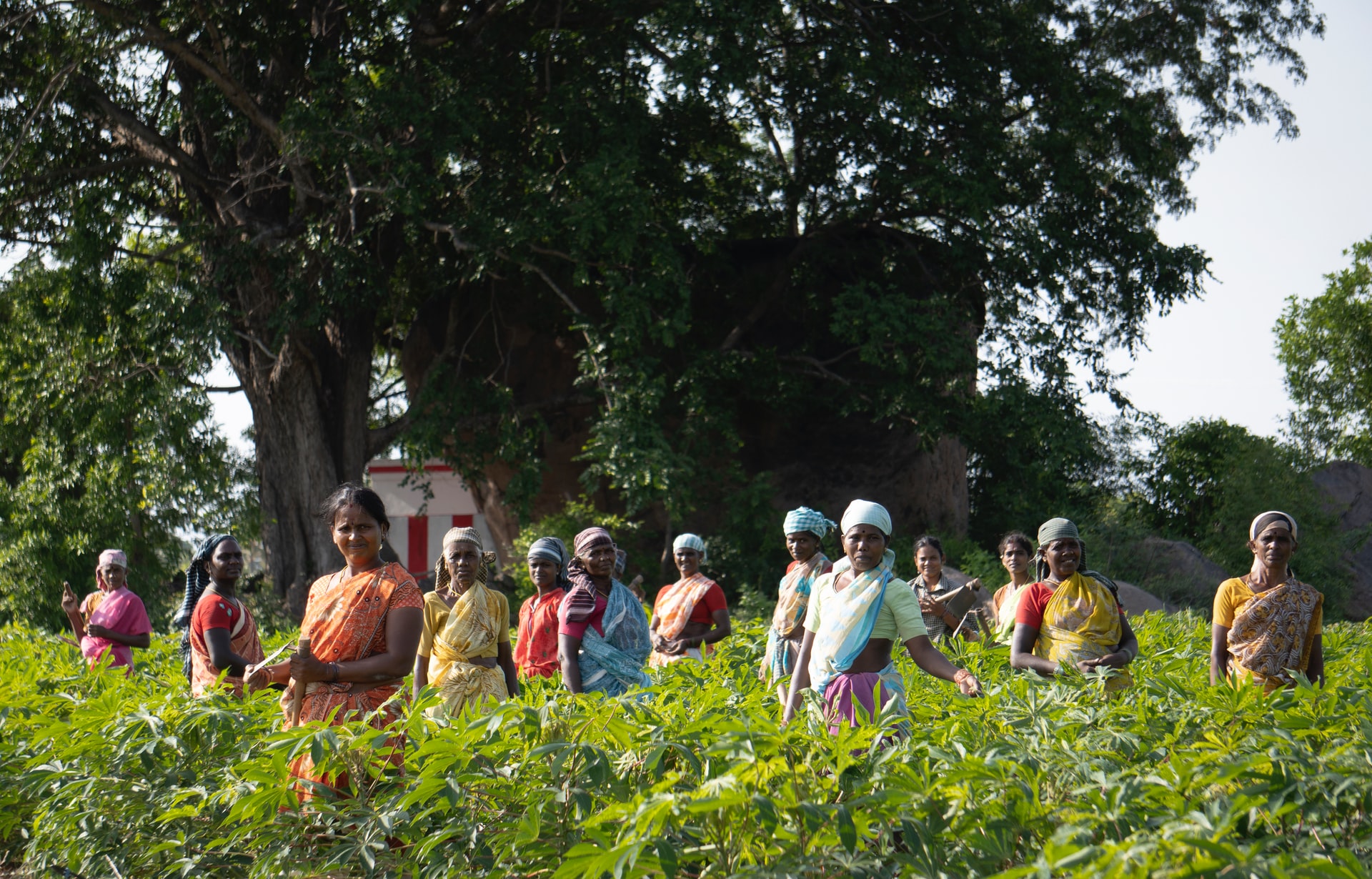Climate-Financing Needs to Become Affordable
The world faces unprecedented impacts due to climate change. Swiss Re, the global reinsurance company, estimates that by 2050, the world could lose as much as 18% of its GDP if no mitigating actions are taken to stop climate change. But the report also states that if Paris Agreement targets are met, global temperatures will remain below 2°C and the global GDP will only shrink by 4%. Without any interventions to mitigate risks associated with climate change, however, economies in Asia would be the hardest hit, with China risking to lose nearly 24% of its GDP, followed by Europe losing 11% of its regional economy and the US, which stands to lose close to 10%.
If no mitigating actions are taken, global temperatures could rise to more than 1.5°C, resulting in climate conditions generally unfit for human habitation. Weather conditions are bound to worsen as the world warms further, exacerbating existing inequalities among humans and making it impossible for most of known wildlife to survive in soaring temperatures. The cost of adapting to higher temperatures will also rise exponentially, making it difficult for leaders of the world to take timely action.
Impacts of Climate Crisis
The unchecked rise of global temperatures will result in myriad threats fueling inequality, environmental crises and even ecological collapse, all of which will not only imperil wildlife and their habitats, but also human life and the welfare of our communities.. These are some of the impacts of rising temperatures:
- Sea levels will rise exponentially due to increasing ice melt. Two degrees of warming would increase sea levels by 56 centimeters, while 3°C of warming would displace millions of people from cities, particularly those located in coastal areas.
- Ocean surface temperatures will rise severely. At 2 degrees of warming, marine heat waves will be 23 times more than that of 1.5°C, severely devastating marine life.
- The world will face 19 additional days of extreme heat spells each year at 1.5°C, while 2°C will bring that number to around 29 additional days.
- Extreme rainfall will become a common occurrence. Global temperatures of 2°C will expose 36% of land to extreme rainfall and cause average rainfall to rise by 4%.
- Tropical storms ranging between category 4 and 5 will become more common on an annual basis, getting stronger, faster and more destructive.
- It will be harder to grow crops in warmer temperatures and there will be unpredictable rainfall and droughts. By 2100, average crop yield of both wheat and maize will decline, while production of both rice and soy will increase, changing food habits of people.
- Public health will also deteriorate considerably, particularly for children who will be more prone to weather extremities. The risk of contracting malaria will increase due to increase in mosquito population due to warming temperatures.
Climate-financing Need of the Hour
In 2009, developed countries and multilateral development banks pledged to mobilize US$100 billion per year by 2020 to address the global climate finance gap. That pledge has now been extended to 2025 as the developed countries were only able to provide and mobilize total financing of US$83.3 billion in 2020.
There is a clear quantitative and qualitative climate finance gap. Developed countries have fallen short of providing needed climate finance, in addition to not having the right mechanisms in place to strike a balance between adaptation and mitigation finance. Furthermore, countries need to do more to show the gender-responsiveness of the climate financing they provide. There is also a problem of extending excessive climate loans, which leads to the higher likelihood of indebtedness for low-income, least developed, and small island developing states.
Addressing Finance Together
Addressing these climate finance issues will require more effort from both developed countries, multilateral banks, and also private financial institutions. Private multinationals should also acknowledge the need for allotting climate finance funds to bolster the implementation of their ESG strategies.
The United Nations Conference on Trade and Development (UNCTAD) outlined four priorities for addressing climate finance distress. They are:
- Reversing the cycle of debt distress among low-income countries that are spending an estimated five times more on debt servicing than on climate adaptation every year. Multilateral sources of financing along with a multilateral debt workout process needs to be established.
- Rechannel IMF’s Special Drawing Rights to multilateral development banks to maximize climate finance allocation as a conditionality-free, debt-free source of liquidity.
- The global network of hundreds of government-backed development banks, be it multilateral, regional and national could be tapped to increase the availability of finance to support more green investments.
- Develop regulatory measures to drive productive investment and alignment of private finance flows with the Paris Agreement.
Making climate finance affordable for developing countries is essential as they are also the most vulnerable to its impacts. To make this possible, a global collaboration among at-risk states, developed economies, financing institutions and multilateral banks must be mobilized to form viable goals and strategic frameworks for addressing the extant gaps in climate financing, and to ensure that climate finance solutions respond appropriately to the singular issues that vulnerable at-need countries face in addressing climate change risks. It is a matter the world can ill afford to ignore.
Photo Caption: Both wildlife and human life are at severe threat from climate change.




